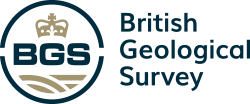BGS releases first in a series of new offshore maps of the UK seabed
BGS has released the first high-resolution, offshore map in a new series featuring the seabed around the UK.
06/04/2022 By BGS Press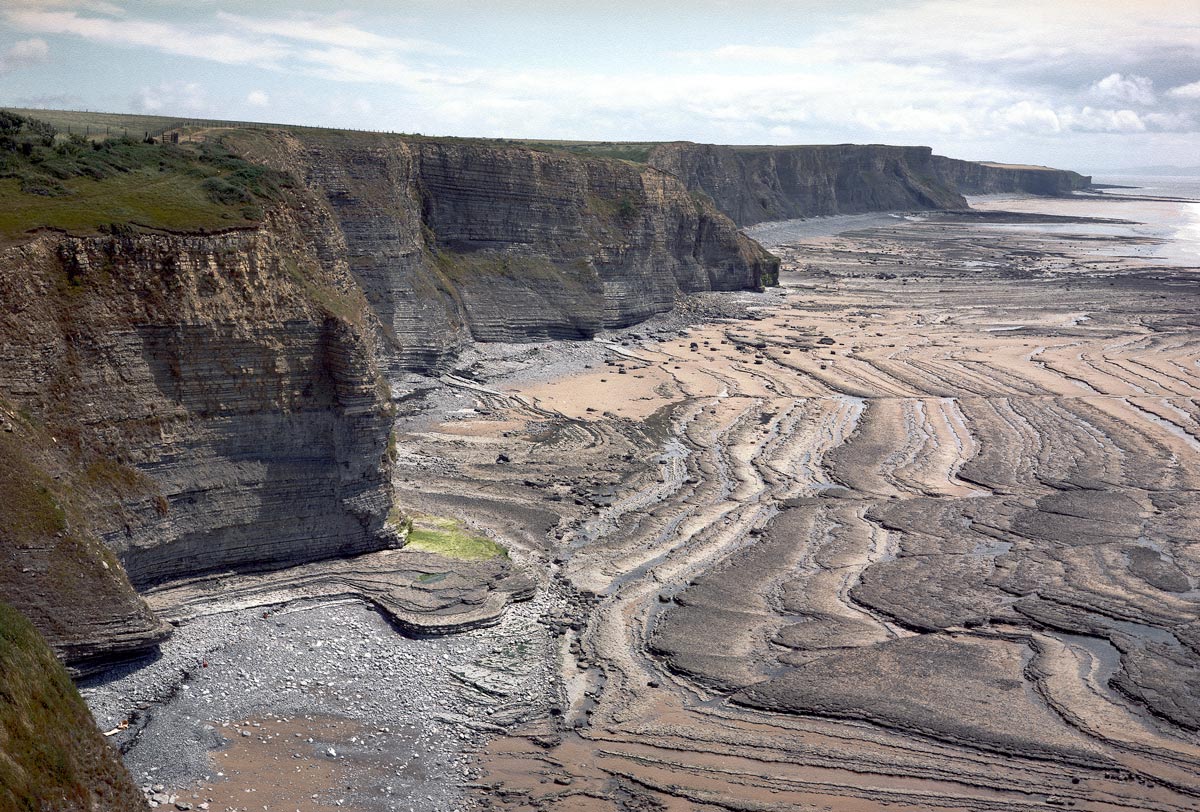
New combined bedrock, sediment, bedrock structure and seabed geomorphology maps are available from BGS under the fine-scale maps section of the Offshore GeoIndex and are designed to be viewed at 1:10 000 scale or online as downloadable shapefiles.
Based primarily on data produced by UK Civil Hydrography Programme of the Maritime and Coastguard Agency and made available by the UK Hydrographic Office, they are of relevance to offshore developers who require a detailed understanding of the geology of the seabed. The maps include bathymetry data, backscatter imagery, grab samples and other existing datasets such as seismic, marine conservation zones, sediment texture sheets and existing 1:250 000-scale geological maps.
As the UK’s transition to renewable energy gathers pace, these maps will become increasingly valuable to industry and stakeholders with an interest in developing clean energy, from offshore wind to tidal streaming, and in carbon capture and storage.

Extent of the new Bristol Channel map. Contains OS data © Crown Copyright and database right 2020. The derived bathymetric layer was produced from Maritime and Coastguard Agency (MCA) data © Crown copyright. Not to be used for navigational purposes.
The first area to be published this month features a central section of the Bristol Channel, from Swansea Bay to Newport, which is home to the second largest tidal range in the world. The high-energy environment of the channel has attracted much interest in recent years for the use of the seabed for tidal power schemes, including tidal power schemes that have the potential to produce electricity from wave energy.
Adopting renewable energy and technologies requires a deep understanding of the seabed and so developers have a growing need for access to bathymetric data, enabling more detailed observations of seabed geomorphology that are central to such evaluations.
As well as being of use to offshore developers, the release of our new maps will benefit all kinds of applications: marine spatial planning, technological research and development, fishery resource management, environmental impact studies and climate change models, providing evidence for policy and decision makers.
Prof Emrys Phillips, BGS Quaternary and Glacial Scientist.
While mapping the seabed has been a major challenge for marine geoscientists over the years, the development in acoustic technologies has allowed for the collection of more, and much better resolution, data in much less time.
BGS has plans to release a suite of high-resolution maps in the future, including offshore Anglesey, Yorkshire and East Anglia, and further areas will be added to BGS GeoIndex Offshore as its marine mapping programme progresses.
This is a great example of using the excellent high quality freely available data collected under the CHP for a different reason from its original purpose and gaining extra geological insights and value from the data.
Mary Mowat, BGS Marine Data Manager
Relative topics
Related news
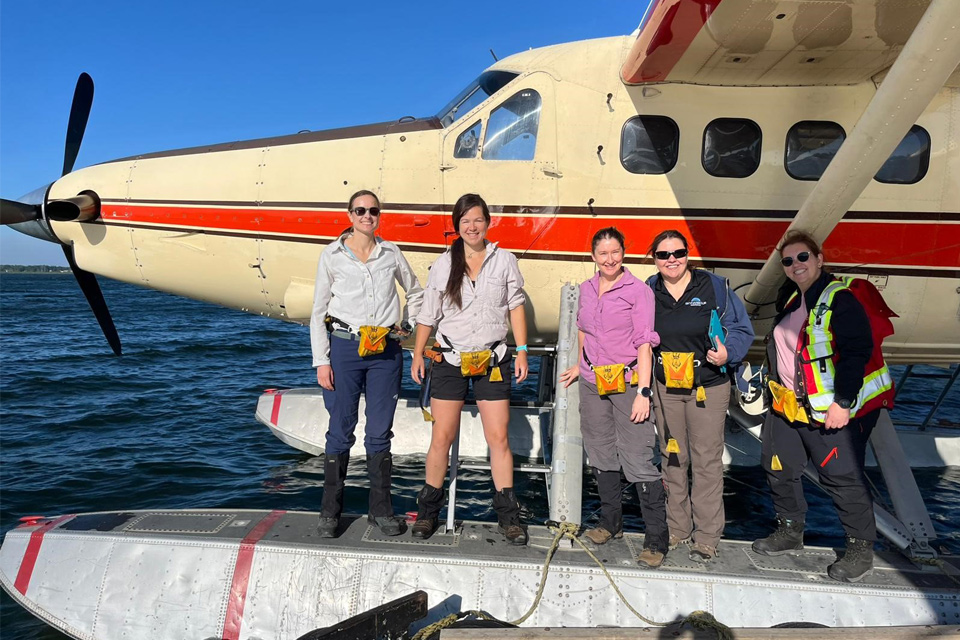
Funding awarded to UK/Canadian critical mineral research projects
08/07/2025
BGS is part of a groundbreaking science partnership aiming to improve critical minerals mining and supply chains.
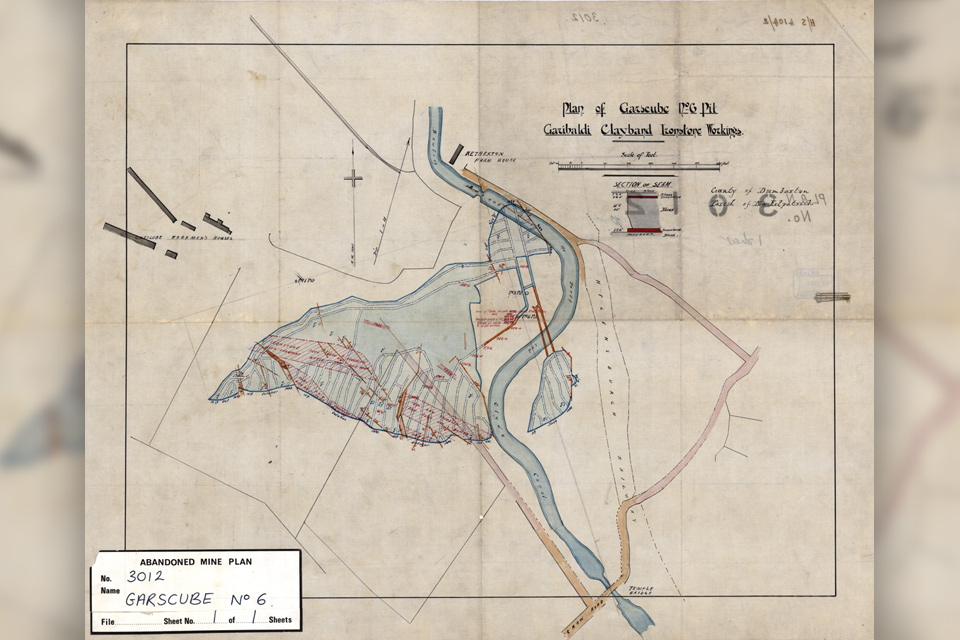
Release of over 500 Scottish abandoned-mine plans
24/06/2025
The historical plans cover non-coal mines that were abandoned pre-1980 and are available through BGS’s plans viewer.
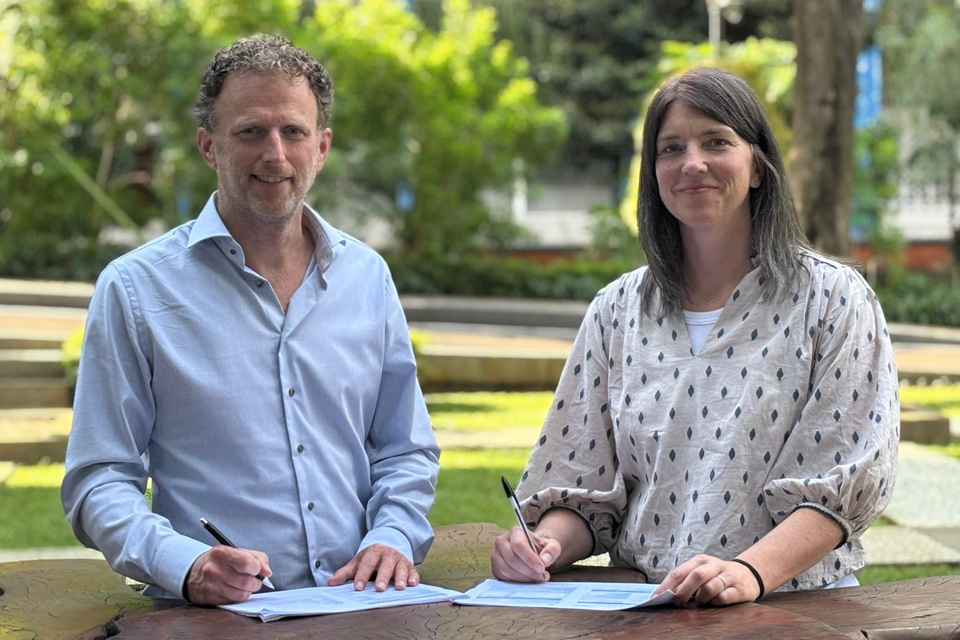
New collaboration aims to improve availability of real-time hazard impact data
19/06/2025
BGS has signed a memorandum of understanding with FloodTags to collaborate on the use of large language models to improve real-time monitoring of geological hazards and their impacts.

Modern pesticides found in UK rivers could pose risk to aquatic life
17/06/2025
New research shows that modern pesticides used in agriculture and veterinary medicines have been found for the first time in English rivers.
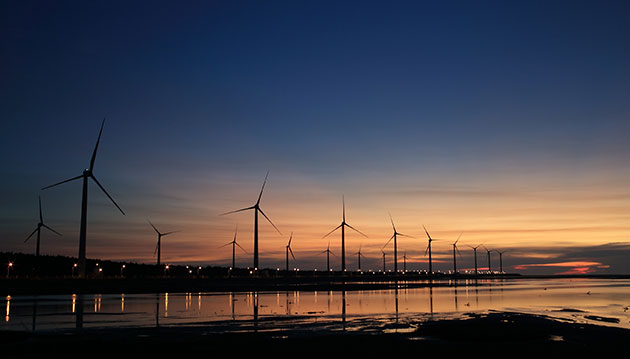
Goldilocks zones: ‘geological super regions’ set to drive annual £40 billion investment in jobs and economic growth
10/06/2025
Eight UK regions identified as ‘just right’ in terms of geological conditions to drive the country’s net zero energy ambitions.
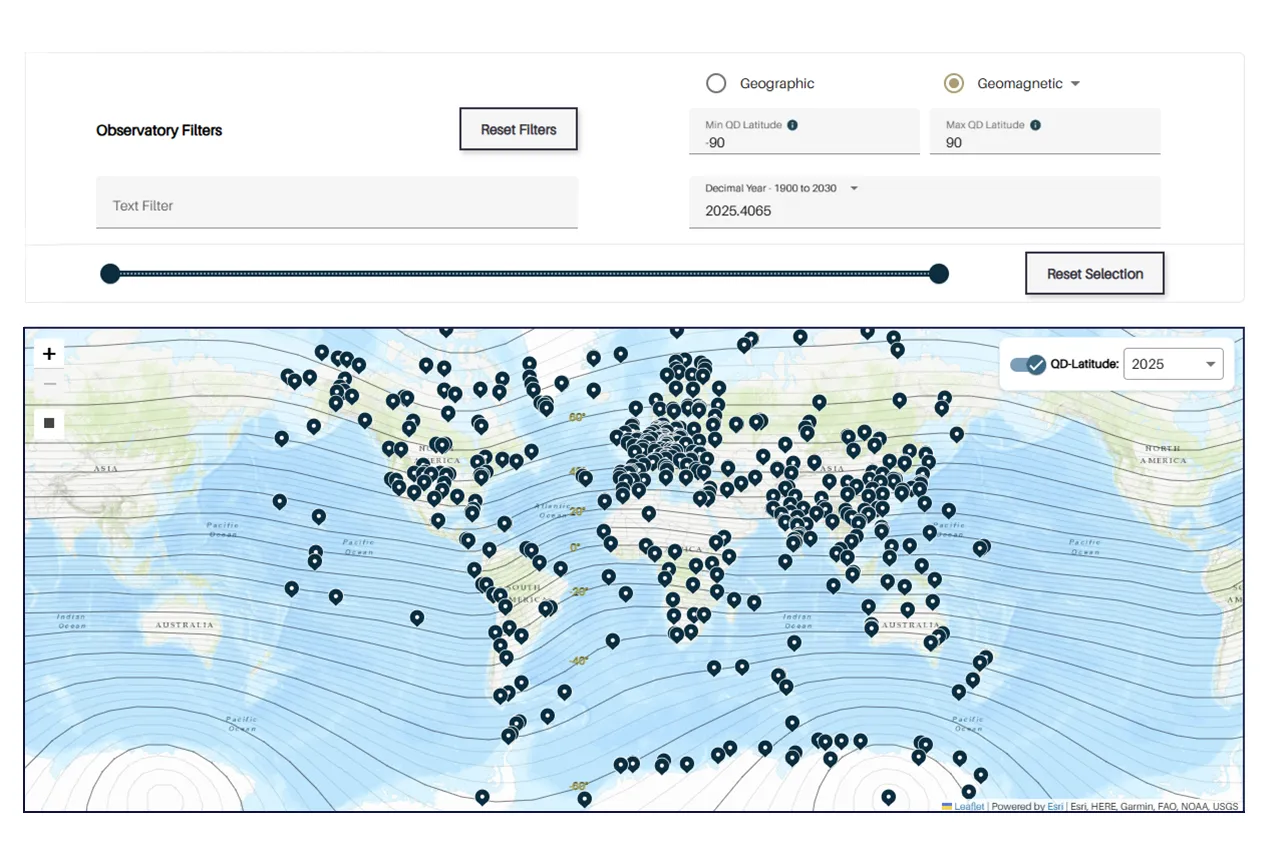
Upgraded web portal improves access to geomagnetism data
02/06/2025
BGS’s geomagnetism portal, which holds data for over 570 observatories across the world, has received a significant update.
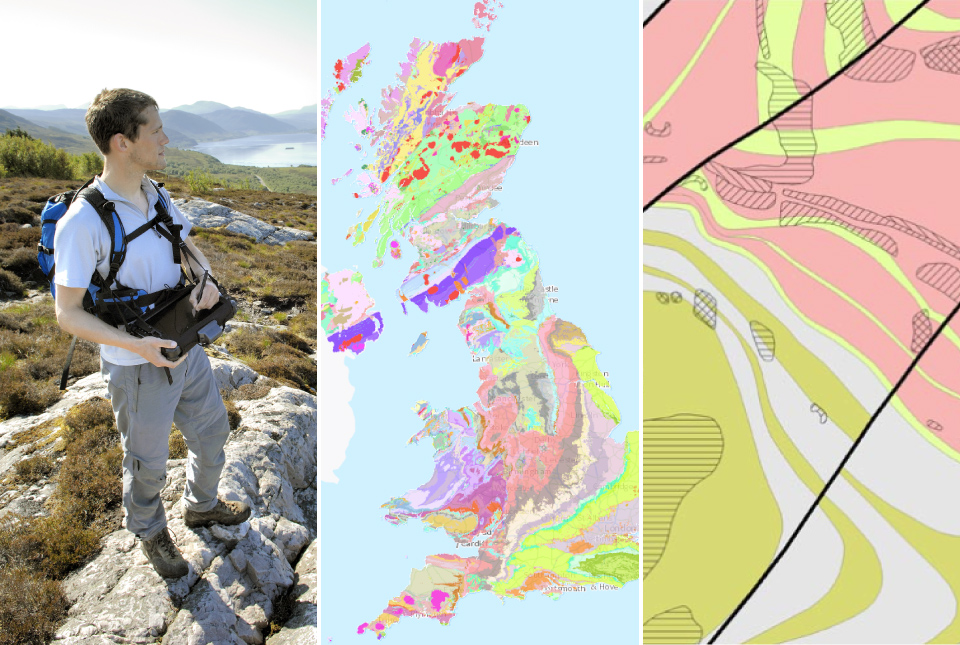
BGS digital geology maps: we want your feedback
29/05/2025
BGS is asking for user feedback on its digital geological map datasets to improve data content and delivery.
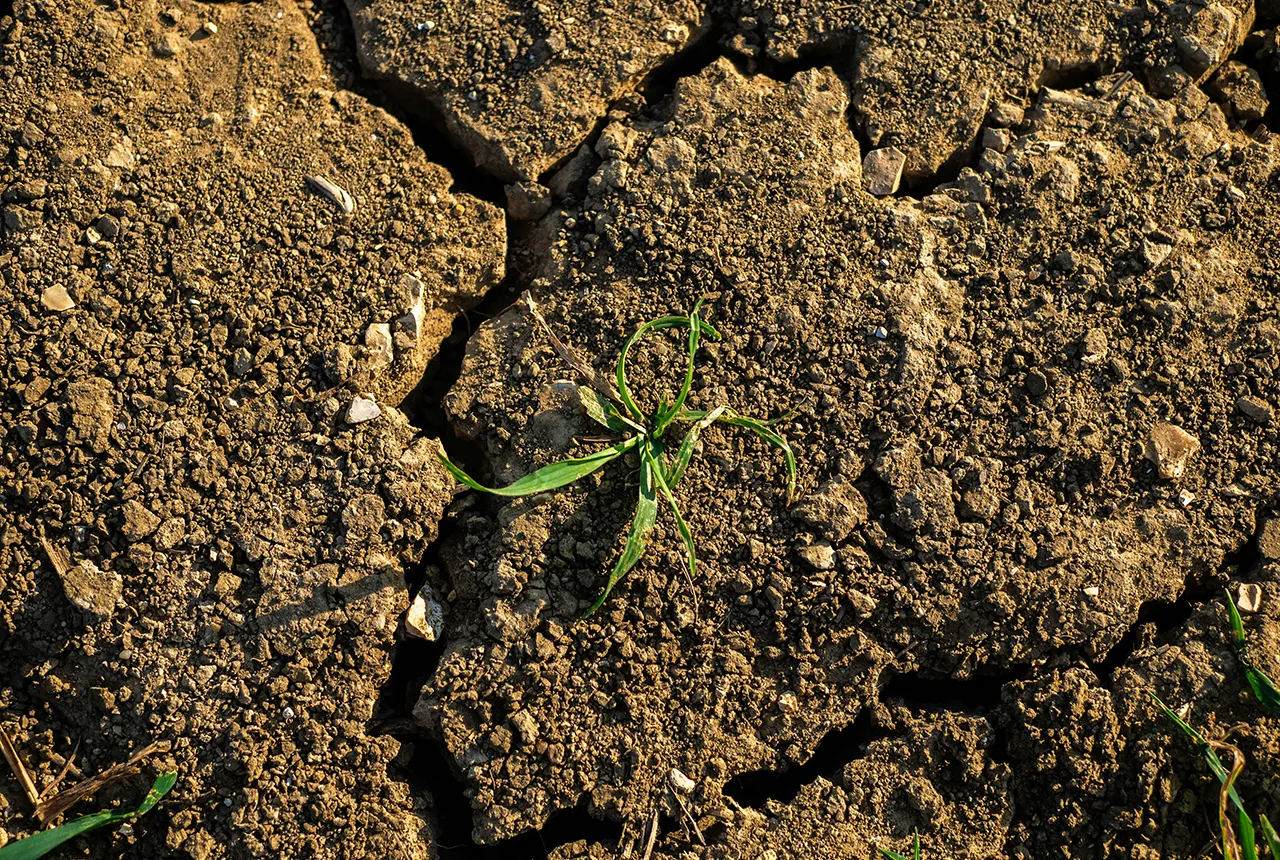
What is the impact of drought on temperate soils?
22/05/2025
A new BGS review pulls together key information on the impact of drought on temperate soils and the further research needed to fully understand it.
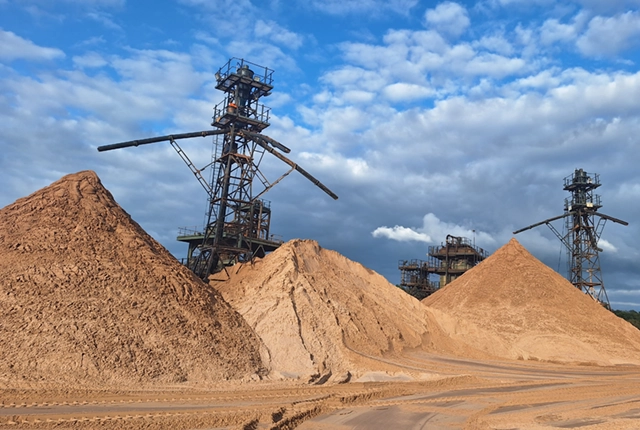
UK Minerals Yearbook 2024 released
21/05/2025
The annual publication provides essential information about the production, consumption and trade of UK minerals up to 2024.

BGS scientists join international expedition off the coast of New England
20/05/2025
Latest IODP research project investigates freshened water under the ocean floor.

New interactive map viewer reveals growing capacity and rare earth element content of UK wind farms
16/05/2025
BGS’s new tool highlights the development of wind energy installations over time, along with their magnet and rare earth content.
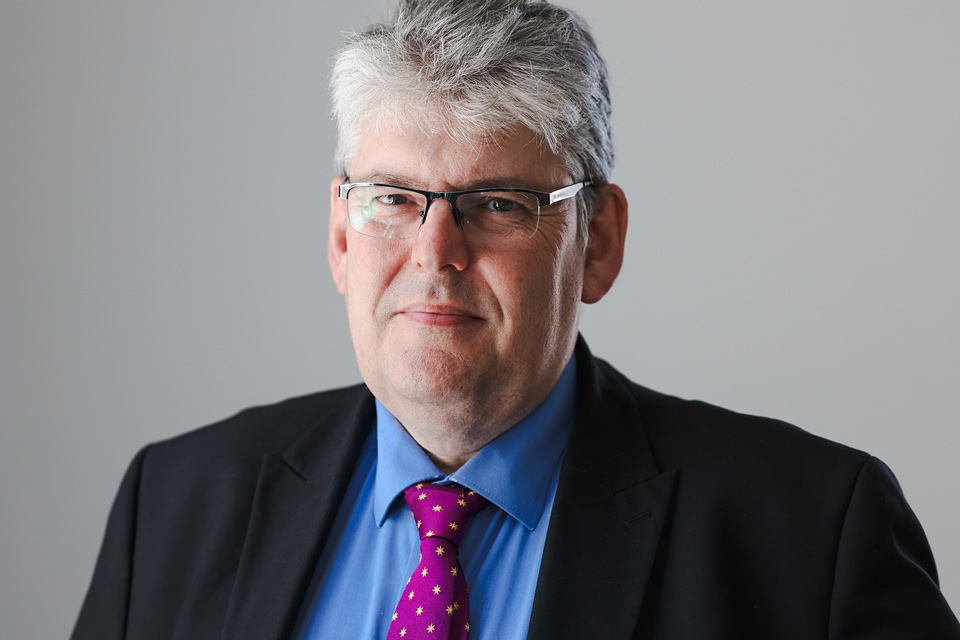
UKRI announce new Chair of the BGS Board
01/05/2025
Prof Paul Monks CB will step into the role later this year.
